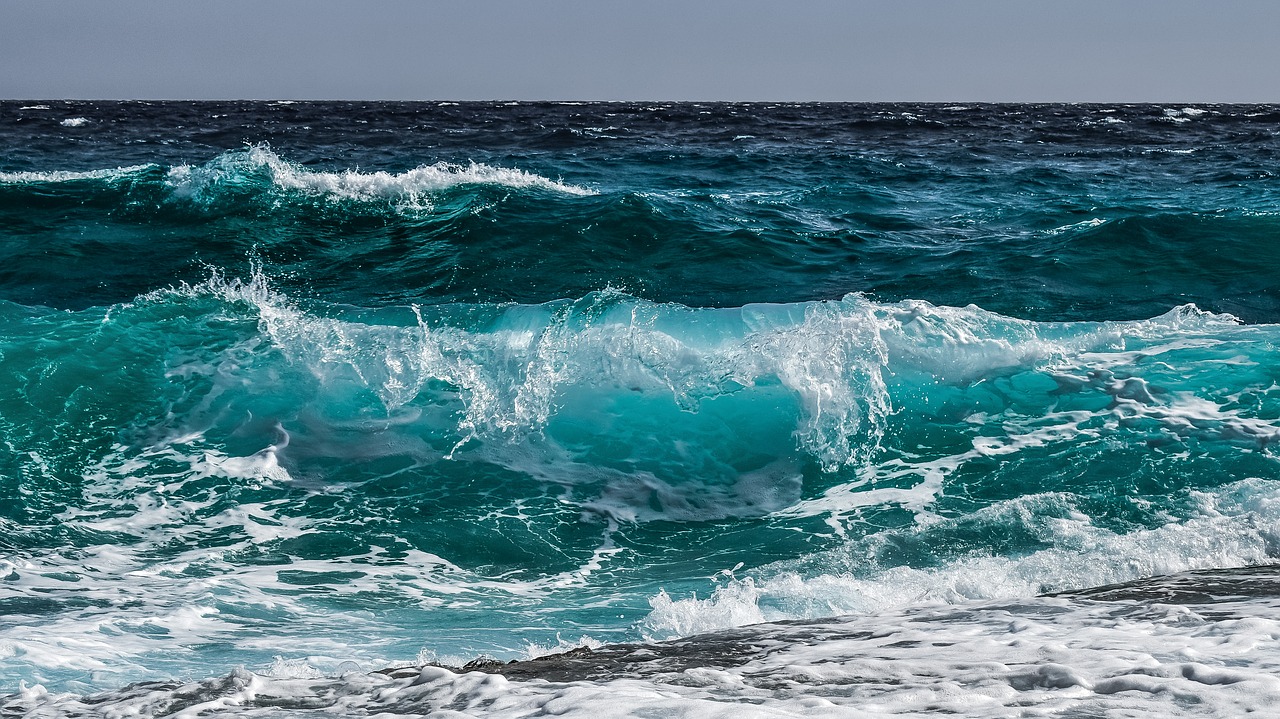Thermoclines can be described as a distinct thermal layer within an area that is filled up with fluid, such as water in the ocean, a dam or a lake. Thermocline can also occur in the atmosphere.
It is known as metalimnion or a thermal layer, which is caused by a rapid change in temperature within the depth of water, instead of the surface or the bottom of, for example, the ocean floor. Thermoclines are known for dividing surface water at the bottom of an ocean, river or dam.
The occurrence of a thermocline is affected by the season, a turbulent mixture of wind and latitude. This reaction could also become a permanent feature of the given body of water, in some instances. It could also be a temporary response to radiative cooling or heating of surface water, which occurs between the fluctuation in temperature, from day-time to night-time.
What Factors Effects a Thermocline?
Seasonal weather variations, local environmental conditions like currents and tides, as well as the latitude of an area, all serve as contributing factors to thermoclines.
In the ocean, most energy that is caused by heat is due to sunlight that reaches the first few centimetres of the surface of the ocean. As it cools down during the evening, heat is lost into the depth of a body of water, via radiation.
Like a chemical reaction that is mixed with waves close to the surface layer of the ocean, the heat travels down to the depth of a body of water, which increases the temperature, causing a thermocline.
Usually, the bigger the waves are, the more surface turbulence affects the process of inducing thermocline. This process of heat generation within a body of water also differs depending on the region. It occurs in tropical regions, more often than in icy cold regions, such as Antarctica.
Get office water cooler and home water cooler from Living-Water in London.






